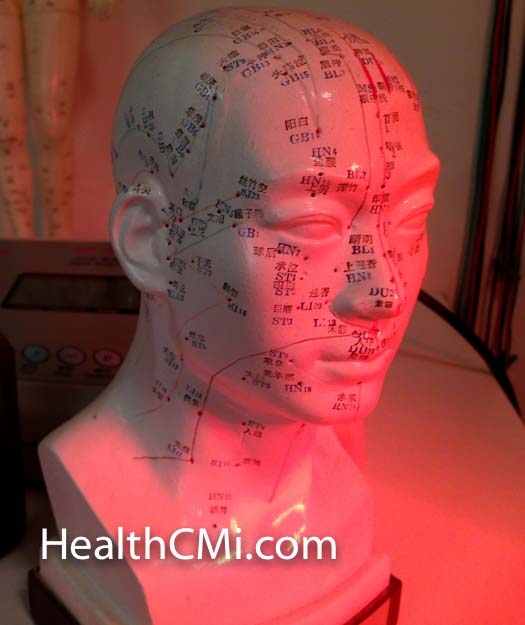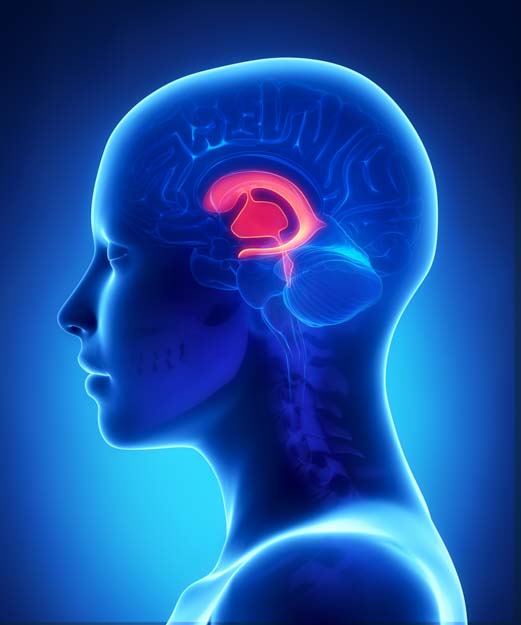Acupuncture helps in the recovery from a stroke, a cerebrovascular accident (CVA). Researchers from Guangdong Chinese Medicine School concluded that acupuncture significantly improves patient motor functioning and overall quality of life. Heilongjiang Traditional Chinese Medicine Second Affiliated Hospital researchers conducted an independent clinical trial and concluded that acupuncture is an effective treatment for functional hand impairment after a stroke. In another study, researchers from the Heilongjiang Provincial Academy of Chinese Medicine concluded that acupuncture is effective for the treatment of constipation due to a stroke. 
Guangdong Chinese Medicine School researchers achieved a total effective rate of 90% using acupuncture with 46.67% of patients experiencing very significant motor improvements. Upper and lower limb motor functioning and the ability of patients to perform activities of daily living significantly improved. Brunnstrom Approach categorizations significantly improved for both upper and lower limb functioning. The Barthel Activities of Daily Living (ADL) index improved from a base average of 38.80 to 55.80.
A semi-protocolized acupuncture point prescription was applied to the patients. Manual acupuncture was applied to Neiguan (PC6). Lifting, thrusting, and twisting was applied to elicit deqi and manual stimulation continued for an additional three minutes after the arrival of deqi. Bird-pecking technique was applied to Renzhong (DU26). Lifting and thrusting was applied to Sanyinjiao (SP6) until the lower limbs twitched at least three times in response to the needling. Jiquan (HT1) and Chize (LU5) were stimulated until movement of the upper limbs was elicited at least three times. Weizhong (BL40) was needled next. Manual acupuncture was applied until there was lower limb twitching at least three times. The aforementioned Xing Nao Kai Qiao acupuncture technique was applied every other day. On alternating days, Bo’s abdominal acupuncture was applied.
Supplementary points were added for specific conditions on days when the Xing Nao Kai Qiao acupuncture was performed. For pseudobulbar palsy (inability to control facial movements), Fengchi (GB20) was added. For aphasia, Jinjin and Yuye were added. Yifeng (SJ17) and Fengchi (GB20) were added for dysphagia (difficulty swallowing). Jiache (ST6) was added for deviation of the mouth. For drooping of the eyelids (blepharoptosis), Yangbai (GB14) and Yuyao were added. For discomfort or a dragging sensation in the upper limbs, Quchi (LI11) and Waiguan (SJ5) were added. For spasticity of the fingers with an inability to stretch, Hegu (LI4) and Houxi (SI3) were added. Sensory disorders were treated with Bafeng and Baxie.
The researchers designed their treatment protocols according to the findings of Feng, whose research indicates that the Xing Nao Kai Qiao (activating the brain and regaining consciousness) acupoint protocol is effective for patients that have suffered a stroke. Feng notes that acupoints along Yin meridians and the DU meridian are primary. Feng’s research indicates that the Xing Nao Kai Qiao approach to care significantly improves blood rheology, lipid balance, blood microcirculation, EEG physiology, and cardiac function. 
Hand Impairment
Heilongjiang Traditional Chinese Medicine Second Affiliated Hospital researchers focused on the recovery of hand functions after impairment by a stroke. Their approach involved a combination of local hand acupuncture with scalp acupuncture. Electroacupuncture was added to the scalp acupoints. Local acupoints included Hegu (LI4) and Houxi (SI3). Manual stimulation was applied to elecit deqi and electroacupuncture was applied for thirty minutes.
Treatments were applied once per day, six times per week, for a total of four weeks. Fugl-Meyer Assessment, Barthel Activities of Daily Living (ADL) index, Chinese Stroke Scale (CSS), and other assessment measures demonstrated that acupuncture is effective for improving hand functioning. The total effective rate was 85%.
Constipation
Heilongjiang Provincial Academy of Chinese Medicine researchers concluded that acupuncture assists in the recovery of post-stroke constipation. A group that received medication only achieved a 68.4% total effective rate. Adding acupuncture to the regimen of care for another group increased the total effective rate to 85.3%.
The above research indicates that acupuncture assists in the recovery from a stroke. There are many access to care challenges faced by stroke patients. Given the successes that acupuncture has in helping stroke patients, these issues deserve attention.
References:
Zhang, G. F., Huang, Y. & Zeng, T. J. (2014). Therapeutic Effect of Activating Brain and Regaining Consciousness Needling Combined with Bo’s Abdomen Acupuncture on Stroke Sequelae: Analysis of 30 Cases. Journal of Clinical Acupuncture and Moxibustion. 30 (4).
Feng, F. Z. (2013). Activating Brain and Regaining Consciousness (Xing Nao Kai Qiao) Needling Technique for the Early Treatment of Acute Phase Stroke: 120 Cases. Chinese Medicine Modern Distance Education of China. 17 (4): 59-61.
Wang, D. Y., Wang, F. F., Li, X. Y. & Zhao, X. (2014). Effect of Cluster Needling of Scalp Acupuncture Combined with Hand Penetration Acupuncture on the Recovery of Hand Function after Stroke. Journal of Clinical Acupuncture and Moxibustion. 11.
Lu. B. W. & Chen. H. B. (1996). Normal Human Anatomy [M]. Ha Er Bin: Heilongjiang Scientific Education Publisher, 222.
Yuan, XX, Wang, BY & Zhang, YL. (2014). Therapeutic Observation of Cluster Needling at the Middle Line of Vertex (MS 5) for Post-stroke Constipation. Shanghai Journal of Acupuncture and Moxibustion. 33 (11).
Krogh, K, Christensen, P & Laurberg, S. Colomctal symptoms in patients with neurological diseases. Acta Neurol Scand, 2001, 103(6):335- 343.


